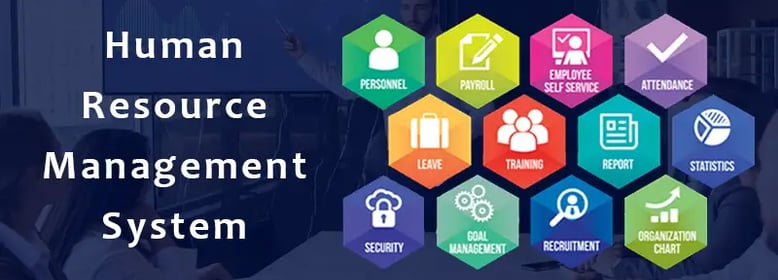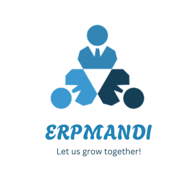Scaling Smart: The Ultimate Guide to HRMS for Companies with 50+ Employees
This guide outlines how companies with 50 to 500 employees can benefit from streamlining their HR operations through HRMS adoption.
HRMS
Jitesh Dua
7/8/20252 min read
As your organization grows beyond 50 employees, managing people operations becomes more complex. Manual processes for payroll, attendance, onboarding, or performance reviews no longer scale. What once worked for a small team becomes time-consuming, error-prone, and often non-compliant.
This is the ideal stage to adopt a Human Resource Management System (HRMS) that brings automation, transparency, and scalability to your HR function. A modern HRMS helps unify payroll, attendance, recruitment, performance, employee engagement, and compliance into one integrated system.
This guide outlines how companies with 50 to 500 employees can benefit from streamlining their HR operations through HRMS adoption.
Why HRMS Matters for Mid-Sized Businesses
Companies with 50+ employees often experience:
Delays in payroll due to manual attendance and leave tracking
High administrative load on HR teams
Fragmented tools for recruitment, onboarding, and employee records
Compliance risks due to outdated statutory handling
Lack of real-time insights for workforce planning
An HRMS helps solve these problems with automation, centralization, and employee self-service.
Key HR Functions Transformed by HRMS
Payroll and Compliance
Automated payroll systems linked with attendance and leave data reduce calculation errors and save time. They ensure accurate deductions for taxes, PF, ESI, and generate compliance-ready reports like Form 24Q and EPF ECR.Attendance and Leave
HRMS allows mobile check-ins, GPS tagging, shift scheduling, and automated leave balance calculations. This improves visibility and accountability across teams and locations.Recruitment and Onboarding
Digital recruitment workflows streamline job postings, applicant tracking, offer management, and onboarding. Document collection, policy acknowledgements, and training assignments can all be digitized.Performance Management
Goal setting, reviews, and feedback cycles can be automated. Managers and employees can track objectives, complete self-assessments, and access performance reports.Employee Self-Service
Employees can view payslips, update records, request leave, and raise queries directly from web or mobile portals. This reduces routine HR queries and builds transparency.Training and Development
Track training progress, assign learning paths, and monitor certifications. Identify skill gaps and upskilling opportunities to retain talent.Exit Management
Simplify resignations, full-and-final settlements, and exit interviews. Maintain checklists for asset return and documentation.
Features to Look for in an HRMS
Cloud-based access with mobile compatibility
Local statutory compliance features (PF, ESI, TDS, gratuity)
Integration with biometric systems, accounting tools, and job portals
Scalable modules with role-based access
Built-in analytics and dashboards
Implementation Tips
Review your current HR workflows to identify gaps
Select a modular HRMS that fits your current needs and future growth
Involve HR, finance, and operations teams during the selection process
Roll out in phases starting with core modules like payroll and attendance
Train users and set internal champions to drive adoption
Expected Results After HRMS Implementation
Payroll processing time reduced from days to hours
Improved attendance accuracy and lower absenteeism
Higher employee satisfaction through self-service access
Lower compliance risk and audit readiness
HR team can focus more on strategy than admin work
Conclusion
Once your organization reaches 50 employees, it's time to invest in scalable systems. A cloud-based HRMS helps automate core HR functions, improves efficiency, ensures compliance, and supports employee engagement.
By adopting the right HRMS early, you create a solid foundation for operational excellence and future growth.
Need guidance selecting the right HRMS for your organization?
You can book a free 30-minute consultation with our experts.


